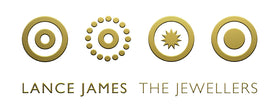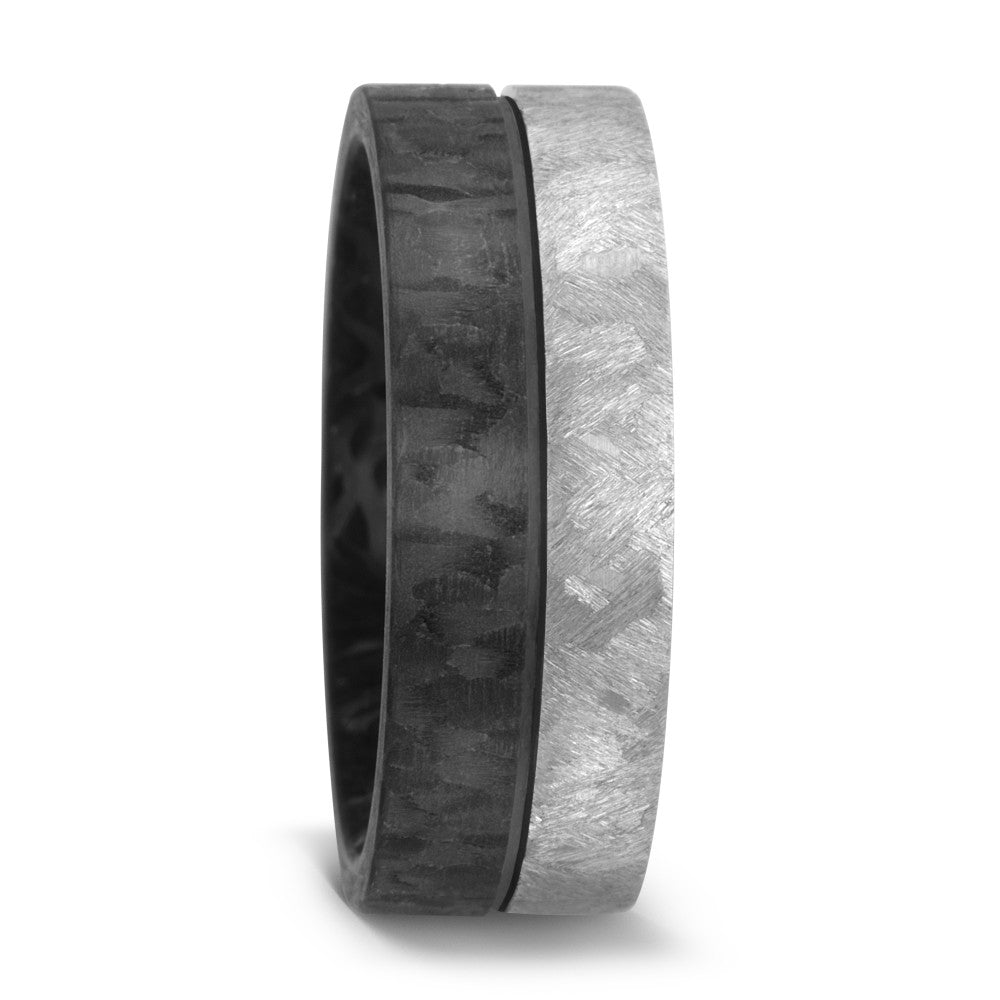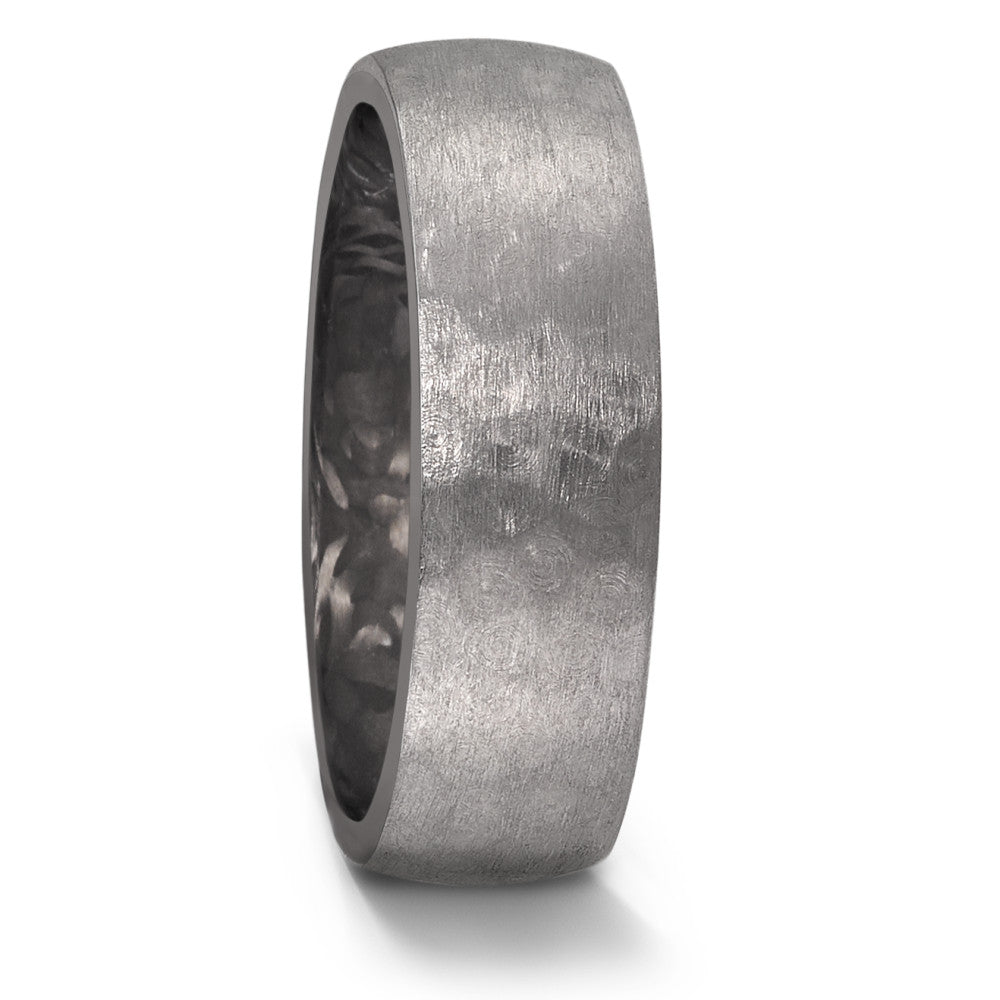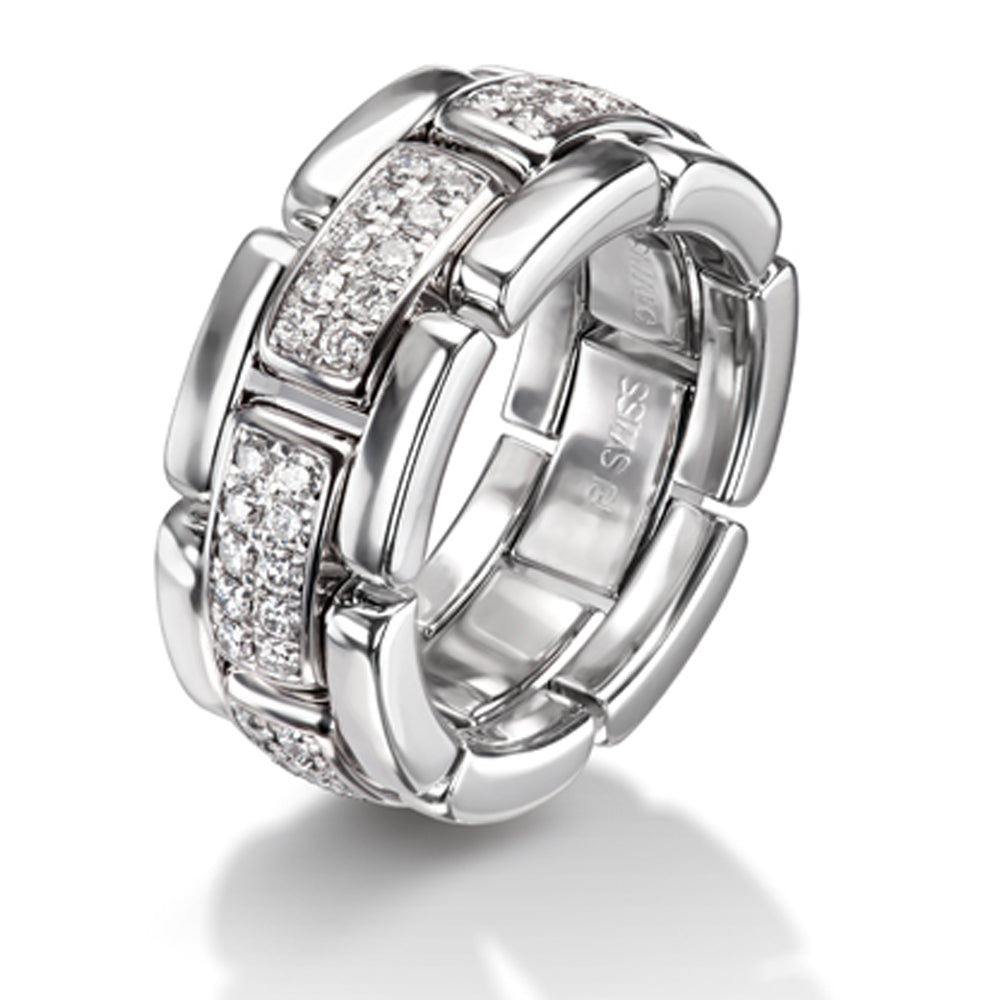WHAT METAL SHOULD I CHOOSE FOR AN ENGAGEMENT RING?
When you think about engagement rings, the first thoughts are always about the stone. But after the potential proposer has decided between the classic diamond or a coloured gemstone for this emotionally significant piece of jewellery, they may be stumped by the different choices of metal. With care and regular maintenance checks, the precious metals of platinum, palladium and gold should all last you a lifetime, plus they do not tarnish. Following years of stability, the metal markets have fluctuated massively in recent years and so preconceptions about price may not still prove true. So it is wise to do your homework!
While exploring your options, keep in mind that when the time comes to purchase your wedding ring, Jewellers will advise you to stick to the same metal as your engagement ring. This will help keep wear and tear to a minimum as both rings are the same hardness.

Platinum
Hard but malleable, platinum is ideal for setting precious stones, creating secure and durable claws. Historically the most expensive of all the metals, platinum settings were often mounted within with a gold shank to keep within a budget.
The good news is that the price of platinum has fallen substantially and is now a much more affordable option; there is little difference in price compared to its competitors.

Palladium
Palladium is part of the platinum family of metals and offers very secure settings. It is 30 times rarer than gold and not as heavy as platinum.
Although palladium used to be a reasonable alternative to platinum, the price of palladium has recently sky-rocketed, pricing itself out of the market for many customers in favour of its more familiar sibling.

Gold
The traditional metal of choice for an engagement ring, gold comes in different carat and colour options. In response to the recent demand for white metals, gold has maintained its popularity with a shift from yellow to white. In the last five years, the trend for rose gold has made an impact on the engagement ring market.
Gold is softer than platinum and palladium, so if you want particularly delicate claws or a design with less than 6 claws, you can choose a gold shank and mix it with a platinum ‘head’.
Of the two common carats in the UK, 18ct gold is 75% pure gold and the softer of the two. 9ct is more hard wearing because as it is only 37.5% pure gold and is mixed with harder alloys but it may not be suitable for those sensitive to nickel.

White
As gold is naturally yellow, white gold will have a faint yellow tinge depending on what metals are included in the alloy. Rhodium is another member of the platinum family and so plating the ring will give it a really white appearance. The plating will wear off with time and re-plating will need to be carried out by your Jeweller.

Yellow
A bride-to-be who favours the traditional golden hues of yellow gold, will usually wear it already.
A yellow gold shank is often married with a stone setting (or ‘head’) made from either white gold or platinum. This is to ensure that the colour of the diamond is not affected by ‘drawing’ yellow from the mount.

Rose
Enjoying a surge in popularity in recent years, rose gold contrasts beautifully with diamonds. It also makes a great partner for coloured gemstones such as morganite.
Rose gold is certainly on the radar in terms of the wedding rings too as its warm tones look great on many different complexions.
For more expert advice, come in store to speak to one of our staff and explore all your options. If you’re not local, then please feel free to call us and one of our Goldsmiths will be happy to help you over the phone.
Please note, information is correct at time of publication.





